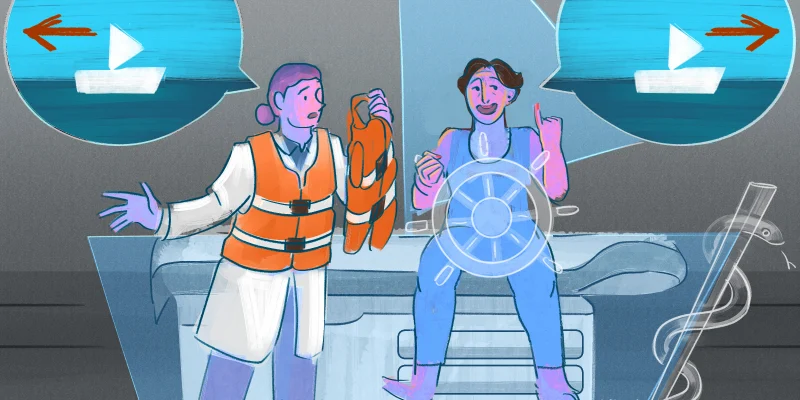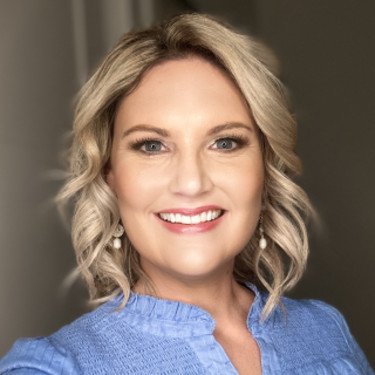As both an ENT surgeon and a father of teenagers, I often reflect on how I would want my own children treated. While my kids never needed pressure equalization tubes, I know without hesitation that if they had, I would absolutely choose office-based placement with topical anesthesia over the OR every time.
This perspective was reinforced recently when I met a 4-year-old boy who had endured months of ear infections and sleepless nights. His parents were anxious about general anesthesia, but desperate for a solution. We placed his tubes in the office using topical anesthesia alone; no sedation was needed. Within 30 minutes, he was back in his mom’s arms, and she was in tears of relief.
That experience crystallized something I’d been observing throughout my career, focusing on minimally invasive office surgery. We have safe, effective alternatives to traditional OR-based approaches, yet many families and physicians aren’t aware these options exist.
The Evidence Behind Office-Based Tube Placement
Let me be clear: there’s nothing wrong with performing tubes in the OR. It remains an excellent, well-established approach. But the literature increasingly supports office-based alternatives as equally safe and effective for appropriately selected patients.
Studies consistently demonstrate successful tube placement rates of 85-89% in office settings, with safety profiles comparable to OR procedures. A 2023 study of 817 children found that tube placement was equally successful between office-based (98.3%) and OR-based (98.9%) approaches, with no significant difference in long-term outcomes, including time to tube occlusion or extrusion.
What’s particularly compelling is the data on patient tolerance. A multicenter study showed that office-based tube placement can be successfully achieved without sedatives, anxiolytics, or restraints using lidocaine iontophoresis, with children reporting manageable pain levels that decreased rapidly post-procedure.
Beyond the Clinical Data: The Human Element
The numbers tell one story, but the experience tells another. In my practice, I’ve found that office-based tube placement often reduces anxiety for both children and parents. There’s no fasting, no separation anxiety walking into an OR suite.
One of my greatest assets has been working with a nurse who previously specialized in caring for special needs children. Her expertise in comfort and rapport-building has been transformative, not just for challenging cases, but for every family we serve. This human element of care delivery matters as much as any technical innovation.
Patient Selection: The Critical Factor
Success with office-based tube placement hinges entirely on appropriate patient selection and thorough family counseling. Not every child is a candidate, and not every family is comfortable with the approach.
Let me be honest about the challenges: children do cry during office-based procedures, and this can create stress for parents, physicians, and staff alike. These emotional moments are real and cannot be eliminated completely. However, they can be effectively managed with a proper mindset, training, education, and counseling.
I carefully assess each patient’s temperament, previous medical experiences, and family dynamics. For anxious children or those with developmental considerations, the controlled environment of the OR may indeed be preferable. The key is offering options and helping families make informed decisions.
When I do recommend office-based placement, I spend considerable time with parents and age-appropriate children explaining exactly what to expect, including that some crying is normal and doesn’t indicate the procedure is going poorly. This investment in education and expectation-setting has been crucial to our success rates and family satisfaction.
The Broader Context: Technology with Purpose
I’m not an advocate for new technology simply because it’s new. Every innovation should solve a real problem or offer genuine advantages. Office-based tube placement meets this standard because it addresses several meaningful challenges:
- Reduced general anesthesia exposure: While data on long-term effects remains inconclusive, most would agree that less general anesthesia is generally preferable to more.
- Improved access: Shorter wait times and reduced scheduling complexity.
- Family convenience: Elimination of fasting requirements and lengthy recovery periods.
- Resource optimization: Preserving OR time for more complex procedures.
Economic Considerations: Variable and Regional
Cost comparisons between office-based and OR-based tube placement are complex and highly regional. Savings depend on local facility fees, anesthesia costs, and insurance reimbursement patterns. While office-based procedures often reduce total health care costs, I avoid making definitive claims about savings since these vary so significantly by location and payer mix.
What I can say is that offering this option has strengthened referral relationships with both families and primary care physicians who value having alternatives available.
Building a Different Kind of Practice
This approach has become a differentiator for our practice. Parents specifically seek us out because they want an alternative to OR-based tubes. Referring physicians appreciate having options to offer families. It’s created a referral pattern that benefits everyone involved.
The key insight is that excellence in medicine isn’t just about doing procedures well; it's about having the right procedure for the right patient at the right time.
Looking Forward: Keeping an Open Mind
I encourage my colleagues to remain open to office-based tube placement as another tool in our clinical arsenal. It’s not for every patient or every practice, but when implemented thoughtfully with proper patient selection and team training, it can be incredibly valuable.
The goal isn’t to replace OR-based tube placement but to expand our options. In medicine, having both choices and the clinical judgment to apply them appropriately serves our patients best.
As I’ve learned both as a surgeon and as a parent, sometimes the most innovative thing we can do is give families exactly what they need, where they need it, with the least complexity possible.
What are your thoughts on office-based tubes? Share in the comments!
Vasu Kakarlapudi, MD, MBA, is a board-certified ENT surgeon and founding partner of Advanced ENT & Allergy, specializing in minimally invasive office-based procedures. His focus on innovative, patient-centered care has made him a regional leader in office-based ENT surgery. He is also the founder of Apta Investment Group, helping fellow surgeons build financial independence through conservative, passive real estate investments. He can be found on LinkedIn here.
Image by Anton Vierietin / Shutterstock







